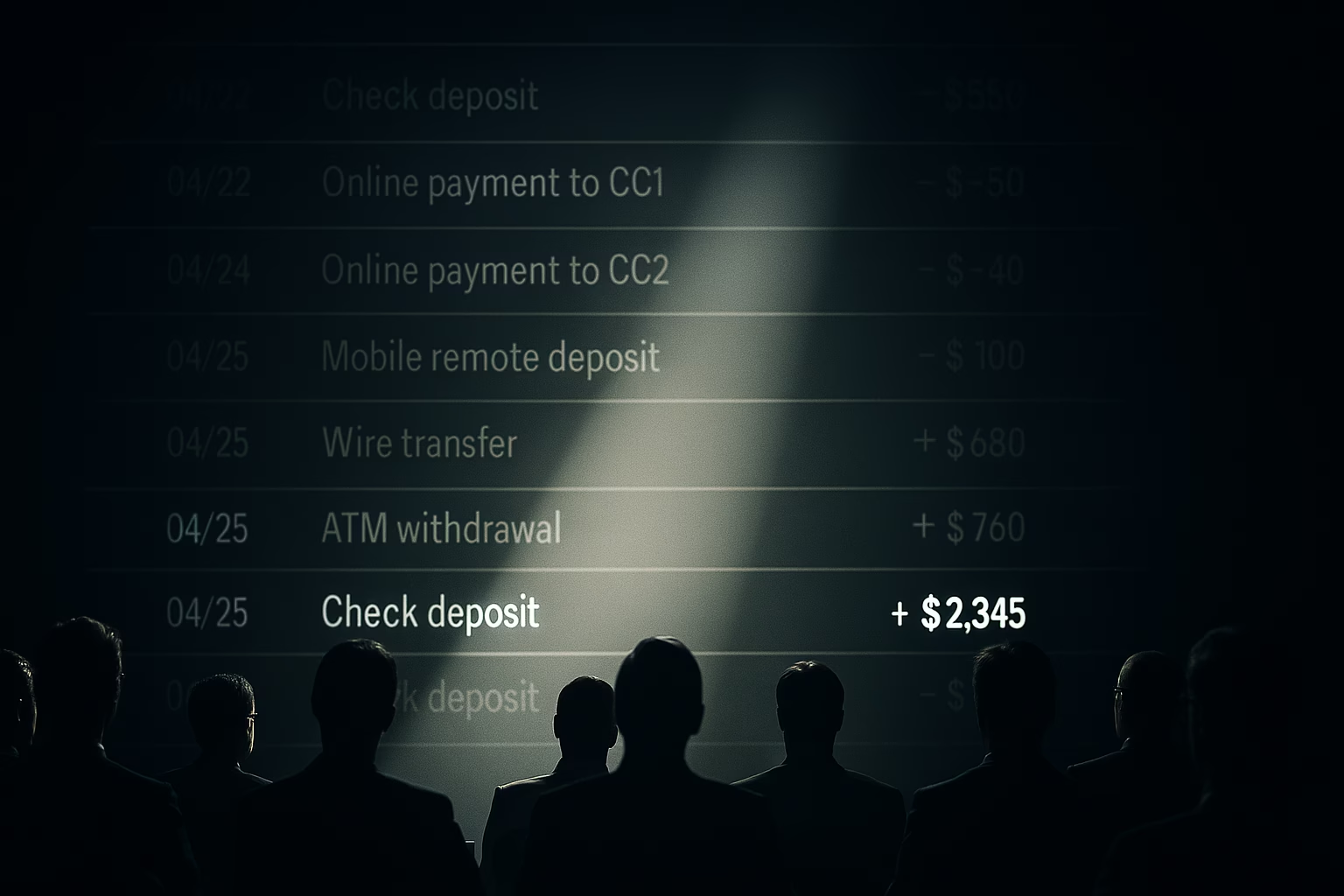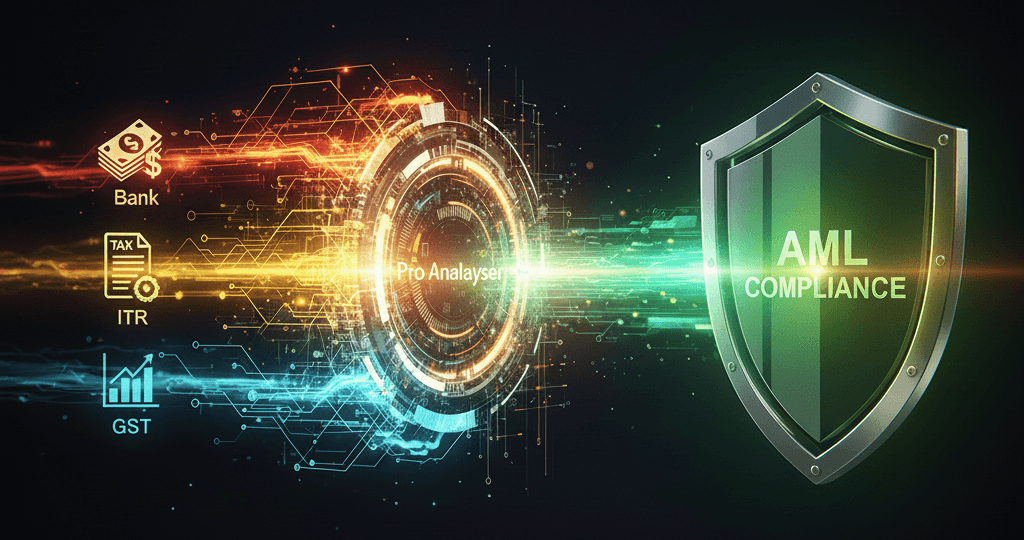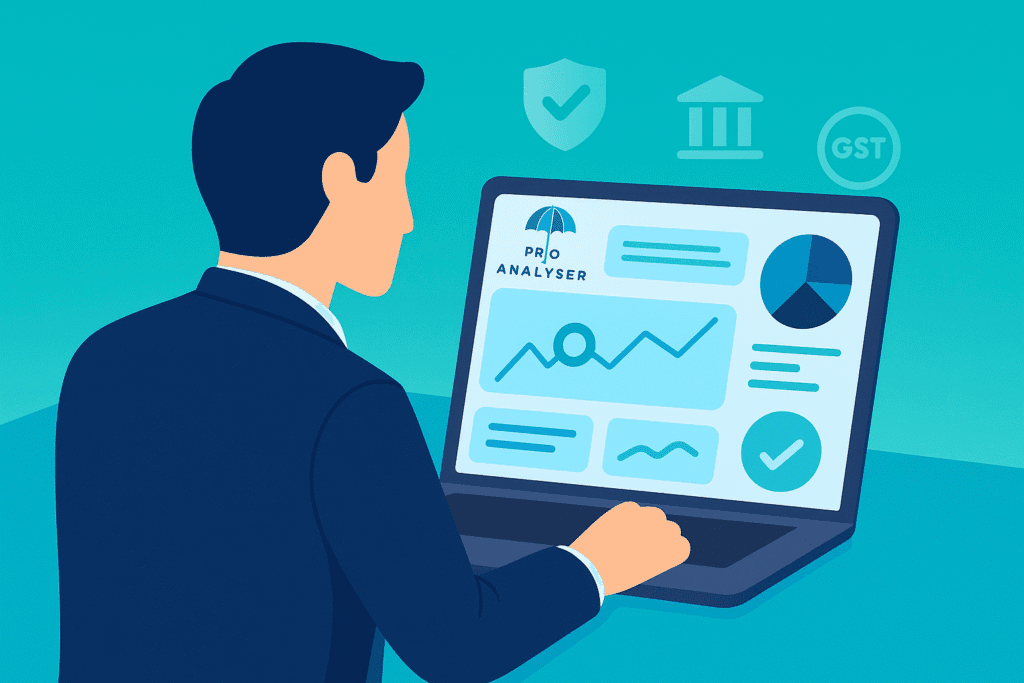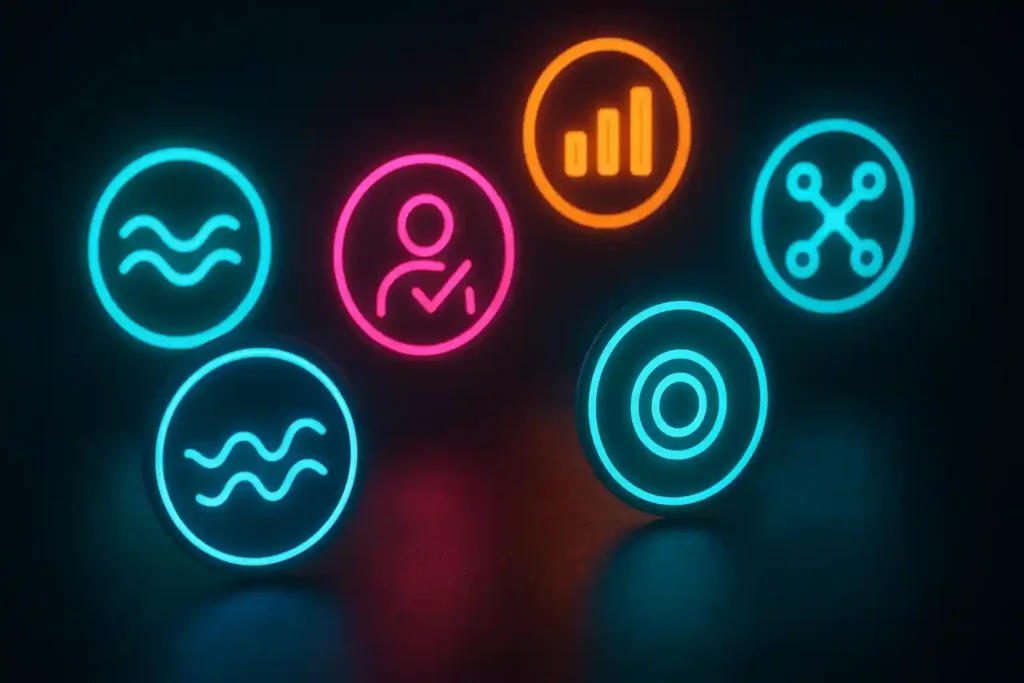Ever felt like your bank statements are written in a secret code? Numbers everywhere, patterns hidden in plain sight, and hours lost to manual review—only to end up more confused than before. That’s the reality many business owners and finance teams face. But here’s the good news: Pro Analyser’s bank statement analysis tool has turned what was once tedious into something fast, accurate, and genuinely insightful.
This guide takes you through everything you need to know—why analysis matters, how the software works, which features to look for, and the top tools businesses rely on today. By the end, you’ll see how to turn raw bank data into clear insights that drive better financial decisions.
Why Bank Statement Analysis Software for Businesses is important?
Bank statements aren’t just records of transactions. They’re a mirror of your financial health. Analyzing them regularly helps you:
-
Track cash flow — spotting income streams, outgoing expenses, and recurring costs.
-
Identify risks early — from hidden charges to potential fraud.
-
Make sharper decisions — like trimming unnecessary costs or planning investments.
For small businesses, this practice can mean the difference between staying afloat and running into shortages. For larger firms, it ensures compliance, investor trust, and effective financial planning.
👉 Want a deeper dive into this topic? Check out our blog on How to Perform Accurate Cash Flow Analysis Using Bank Statements.
Key Features of a Strong Bank Statement Analysis Tool
Not every solution delivers the same value. The most effective tools share a few must-have features:
-
Automated Categorization: No more manual sorting. The software classifies transactions instantly—utilities, payroll, rent, etc.—giving you an immediate picture of where money goes.
-
Real-Time Data Integration: Direct sync with multiple accounts so you’re always looking at the latest numbers.
-
Reports & Dashboards: Clear visuals and summaries highlight trends, anomalies, and financial health at a glance.
-
Security First: Encryption, compliance with data protection standards, and secure APIs keep sensitive financial data safe.
-
Simple Design: User-friendly dashboards ensure even non-finance professionals can extract insights quickly.
These features transform analysis from a monthly headache into an ongoing strategic advantage.
How Bank Statement Analysis Software Works
Think of it as a three-step process:
-
Data Import – Secure APIs connect to bank accounts and pull transactions in seconds.
-
Categorization & Analysis – Algorithms detect spending patterns, income streams, and anomalies.
-
Reporting & Storage – Results appear in dashboards and reports, with encrypted storage for safety and long-term access.
Many tools also integrate with accounting or lending platforms, ensuring your financial data flows smoothly across the organization. This makes it invaluable for lenders looking to improve credit appraisal and risk management.
👉 Related read: Credit Appraisal Reinvented: How Data Analytics Powers Fair and Responsible Lending.
Benefits You Can’t Overlook
Switching from manual checks to automation offers clear benefits:
-
Time Savings: Automation reduces hours of work to minutes.
-
Accuracy: Algorithms minimize human error, making decisions more reliable.
-
Fraud Detection: Suspicious transactions, bounced cheques, or inconsistent income get flagged fast.
-
Compliance Confidence: Reporting for auditors, lenders, and regulators becomes seamless.
-
Actionable Insights: Beyond totals, you see deeper patterns—like whether certain vendors or expenses are creeping up.
Businesses that adopt these tools can focus more on creditworthiness and growth instead of firefighting errors.
👉 Explore more in our guide on What Every SaaS Startup Should Know About Customer Churn in 2025, where we discuss how financial insights can influence retention.
Top Bank Statement Analysis Software for Businesses
Here’s a look at leading players making financial insights more accessible:
-
Pro Analyser – A standout in India for NBFCs, auditors, and DSAs. Pro Analyser combines speed, accuracy, and simplicity, delivering insights on inflows, outflows, EMI trends, and fraud risks. It also provides downloadable reports and a GST Analyser, giving businesses a complete edge in financial verification.
-
Perfios – Trusted by banks and NBFCs; supports multiple formats and advanced fraud detection.
-
Karza Technologies – Strong in anomaly detection and integrations for lenders.
- FinBox – API-driven, perfect for fintechs and digital-first lenders.
👉 Fact: RBI data shows loan frauds in India rose by over 20% in FY 2024–25. Tools like Pro Analyser are designed to catch these risks before they hurt your business.
Choosing the Right Fit
When comparing options, evaluate:
-
Ease of Use – Is it intuitive enough for quick adoption?
-
Integration – Will it connect smoothly with your current accounting or lending systems?
-
Security Standards – Does it meet compliance needs like GDPR and PCI DSS?
-
Customization – Can you tweak reports for your unique use cases?
-
Scalability – Will it grow as your operations expand?
The best solution isn’t just popular—it’s the one that fits your business model and industry.
Best Practices for Smooth Adoption
Rolling out software is about people as much as technology. Here’s what works:
- Define clear goals (fraud prevention, cash flow visibility, or faster approvals).
- Involve finance and IT teams from the start.
- Train users so adoption sticks.
- Monitor KPIs and optimize settings based on feedback.
👉 Want to see how this ties into broader lending practices? Read our article on Responsible Lending.
Case Studies: Success Stories of Businesses Using Bank Statement Analysis Software
When a mid-sized lending firm in Mumbai struggled with loan defaults, the problem wasn’t their sales funnel—it was their risk assessment. They relied heavily on manual checks, which left room for oversight. After switching to Pro Analyser’s bank statement analysis software, their approval process became faster and more precise. Within six months, default rates dropped by nearly 18%, and the team could process 3x more applications without adding extra staff.
A growing NBFC in South India, Before adopting a bank statement analysis tool, their underwriting team spent hours reconciling transactions. Pro Analyser’s system automated the process, flagged unusual patterns instantly, and gave decision-makers clean reports. The result? Loan approvals accelerated by 40%, and customer satisfaction improved because waiting times were cut in half.
Looking Ahead: Future Trends
Bank statement analysis is evolving quickly. Expect:
-
AI & Machine Learning for smarter categorization and predictive insights.
-
Blockchain to improve data security and transparency.
-
Mobile-first access for busy business owners.
-
Sustainability & ESG reporting built into dashboards.
These trends will make financial oversight more powerful—and more accessible—than ever.
Conclusion
Bank statement analysis software is no longer optional—it’s a necessity. From saving time to preventing fraud, the benefits are clear. And if you’re in India, Pro Analyser stands out as the tool trusted by NBFCs, DSAs, and auditors who can’t afford mistakes.👉 Ready to see how it can transform your financial insights? Get started with Pro Analyser’s bank statement analysis software today.



